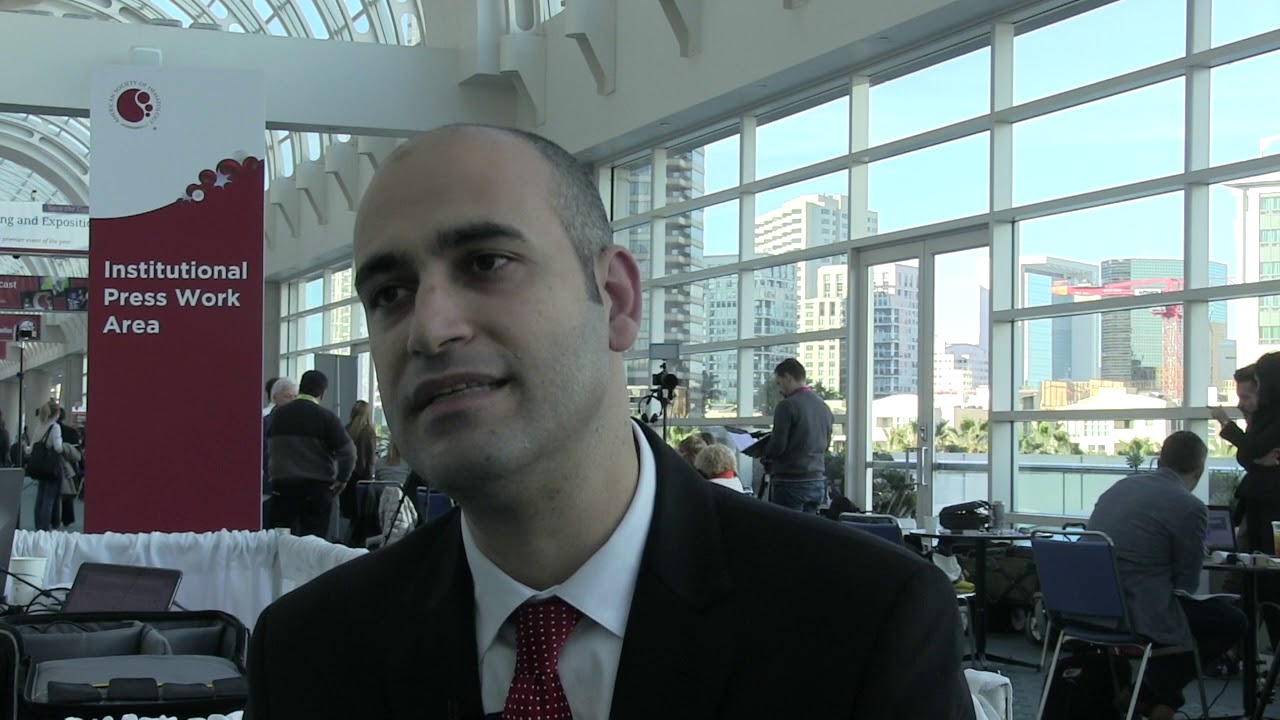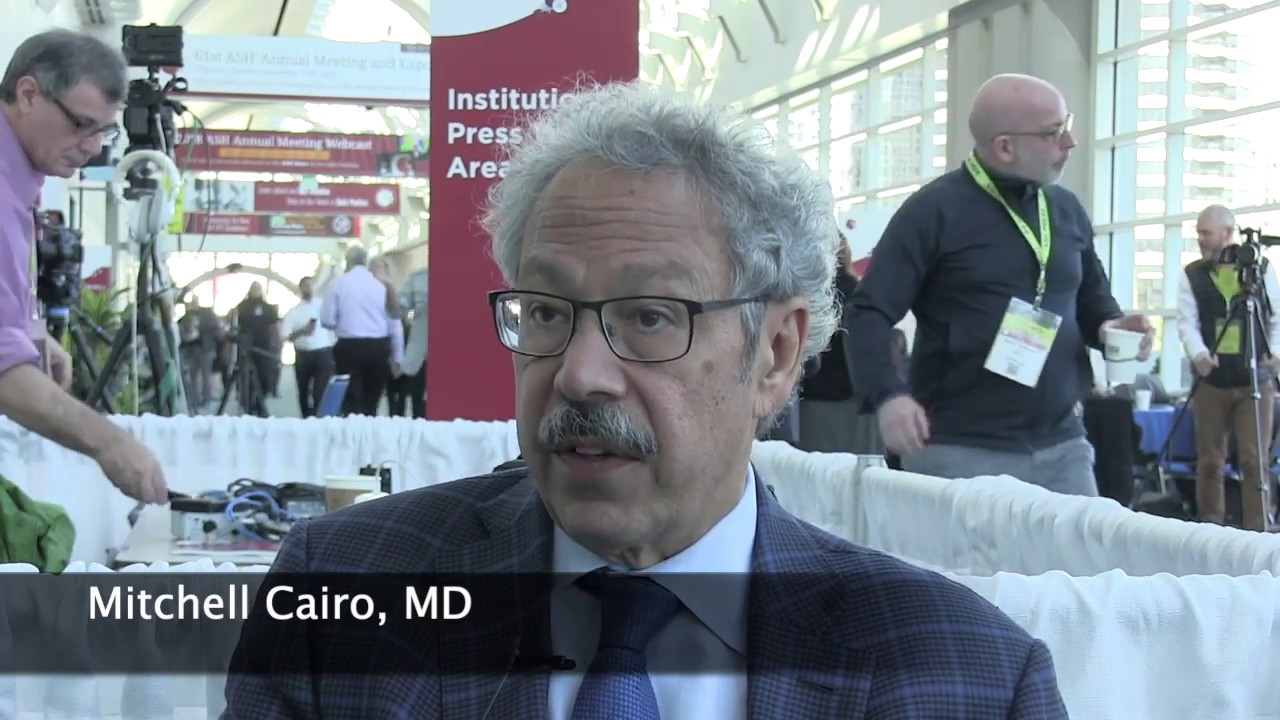Use of a Geriatric Assessment in Hematology (GAH) scale, used to classify patients according to frailty phenotype, has been validated as a tool for patients with lymphoma. Previous research had validated the tool in other hematologic conditions such as myelodysplastic syndrome, acute myeloid leukemia, and multiple myeloma.
Researchers in Spain developed the GAH scale as an alternative to the comprehensive geriatric assessment in order to classify patients as robust (those with strength or vigorous health) or frail (those with a poorer prognosis). Results on its use in patients with lymphoma were presented at the 60th ASH Annual Meeting and Exposition by Raul Cordoba, MD, PhD, of Fundacion Jimenez Diaz University Hospital in Madrid, Spain.
Researchers prospectively referred patients with hematologic malignancies who underwent a frailty screening test using the Geriatric 8 (G8) scale and had a score of less than 14 points to the geriatric oncology clinic between March 2016 and September 2017. Oncology nurses in the clinic assessed patients using the Cumulative Illness Rating Scale for Geriatrics (CIRS-G) and GAH scales. A geriatrician also performed a comprehensive geriatric assessment.
Among the 96 referred patients, 55 were female (57.3%) and the median age was 79 years. More than half of patients (n = 53) had lymphoma. Seventy-five patients (78.1%) had an Eastern Cooperative Oncology Group (ECOG) performance status score of 0–1. Most patients (n = 76; 79.2%) were classified as frail, according to the G8 scale. The CIRS-G score indicated that patients had a median of nine comorbidities.
GAH assessment found that robust patients had a median of two affected domains, while frail patients had a median of four affected domains (P=.0001). Based on the area under the curve, the test had a sensitivity and specificity of 13.79% and 92.5%, respectively (P=.0003). For the GAH scale, 33 points was the cutoff value that identified robust compared with frail patients, with a sensitivity and specificity of 77.5% and 62.07%, respectively (P=.0043).
The researchers looked at the eight domains of the GAH and found that patients classified as robust by the comprehensive geriatric assessment had:
- Reduced risk of polypharmacy (31.25% vs. 81.48%; odds ratio [OR]=0.1033; 95% confidence interval [CI], 0.0472–2541; P<.0001)
- Lower gate speed or impairment (16.66% vs. 81.48%; OR=0.04545; 95% CI, 0.0183–1313; P<.0001)
- Decreased impairment in activities of daily living (37.5% vs. 85.19%; OR=0.1043; 95% CI, 0.0398–2684; P<.0001)
- Decreased mood impairment (4.17% vs. 40.74%; OR=0.06324; 95% CI, 0.01421–2498; P<.0001)
- Decreased mental health impairments (2.08% vs. 22.22%; OR=0.0744; 95% CI, 0.0068–4531; P=.0023)
- Fewer comorbidities (2.08% vs. 42.59%; OR=0.0286; 95% CI, 0.0027–1817; P<.0001)
- Less malnutrition (10.42% vs. 37.04%; OR=0.1977; 95% CI, 0.0759–5495; P=0.0024)
- Better self-reported well-being (6.25% vs. 66.67%; OR=0.0333; 95% CI, 0.0101–1187; P<.0001).
The median overall survival for patients with three or fewer impaired domains was not reached, compared with 90.77 months in those with four to eight impaired domains (hazard ratio=0.11; 95% CI, 0.04474–0.2846; P=.0003).
Robust patients had fewer comorbidities according to the CIRS-G scale (9 vs. 11 points; P=.0001). In addition, the researchers observed correlations between CIRS-G and ECOG status with G8 score, as well as the brief comorbidity assessment in the GAH scale with CIRS-G score. Among patients without comorbidities, the median CIRS-G score was 9 compared with 13.5 among patients with comorbidities, according the GAH scale (P<.0001).







 © 2025 Mashup Media, LLC, a Formedics Property. All Rights Reserved.
© 2025 Mashup Media, LLC, a Formedics Property. All Rights Reserved.